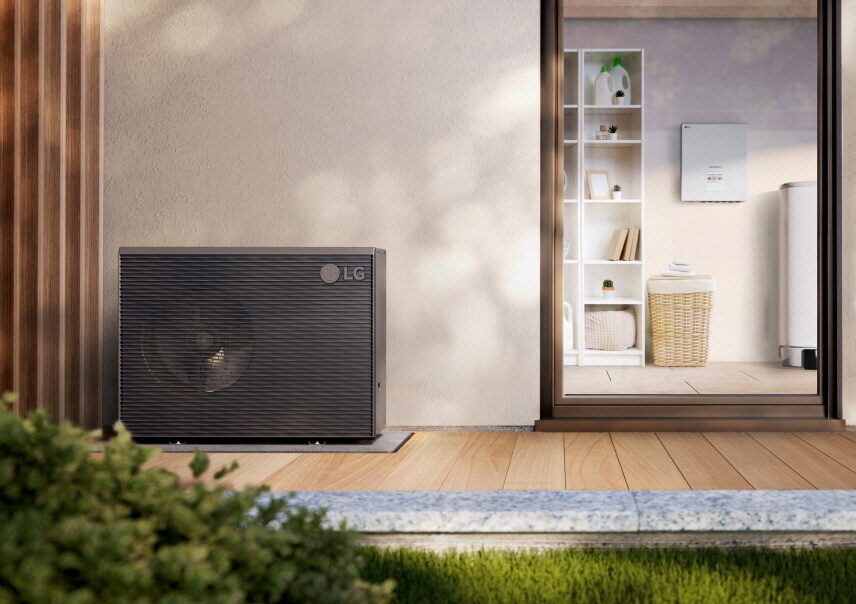The research focuses on a new process (for which a patent has been applied for) for generating green hydrogen from the reaction between aluminum and water. They are studying the recovery of a gallium-indium eutectic, eGaIn, which is used to treat the surface of aluminum, allowing it to react with water and spontaneously produce hydrogen and heat. Their work explores the application of seawater as an ionic solution that promotes the agglomeration of the eGaIn liquid metal.
Image: MIT/Aly Kombargi
MIT researchers have developed a process to recycle gallium and indium during the aluminum-water reaction (AWR). They found that adding a low concentration of imidazole to seawater speeds up the AWR reaction, producing hydrogen at a higher rate and yield. “The findings indicate that the addition of very low concentrations (0.02 M) of imidazole to seawater results in rapid reactions being completed in less than 10 minutes, allowing the recovery and reuse of more than 90% of the relatively precious gallium indium eutectic agent becomes possible. % of expected hydrogen production based on the mass of the aluminum,” the researchers said in “Improved recovery of activation metals for accelerated hydrogen production from aluminum and seawater.” Without this added stimulant, the reaction would last two hours. The researchers are now developing a small reactor for use on ocean-going vessels, where aluminum pellets pretreated with the rare metal alloy would react with filtered seawater and coffee grounds to produce hydrogen. “The hydrogen can then fuel an onboard engine to power an engine or generate electricity to power the ship,” the researchers said in a recent article in Cell reports natural sciences.
Nuvera fuel cells has agreed to collaborate with Viritech Ltd., a UK-based developer of hydrogen powertrain solutions. They aim to commercialize, deploy and support Viritech’s VPT60N powertrain for on-road commercial vehicles. “Nuvera will provide its E-Series fuel cell engines for integration testing with Viritech’s powertrain product line and will provide technical support during the integration and operational testing. Viritech is exploring the development of an integrated, high-power density fuel cell system based on Nuvera’s stack technology that can reach up to 8 kW/l.” said Nuvera. “This high power density system is intended to meet the demands of extreme applications such as aerospace, motorsports and automotive.”
The European Commission has approved a €998 million ($1.09 billion) Dutch plan to support renewable hydrogen production. “The plan supports the construction of at least 200 MW of electrolysis capacity. The support will be awarded through a competitive bidding process expected to be completed in 2024.” said the European executive body. “The tender is open to projects with a capacity of at least 0.5 MW.” It noted that the support will take the form of a direct grant, combining an initial investment subsidy of up to 80% of the investment costs with a variable premium over a period of five to ten years.
This content is copyrighted and may not be reused. If you would like to collaborate with us and reuse some of our content, please contact: editors@pv-magazine.com.
Popular content



